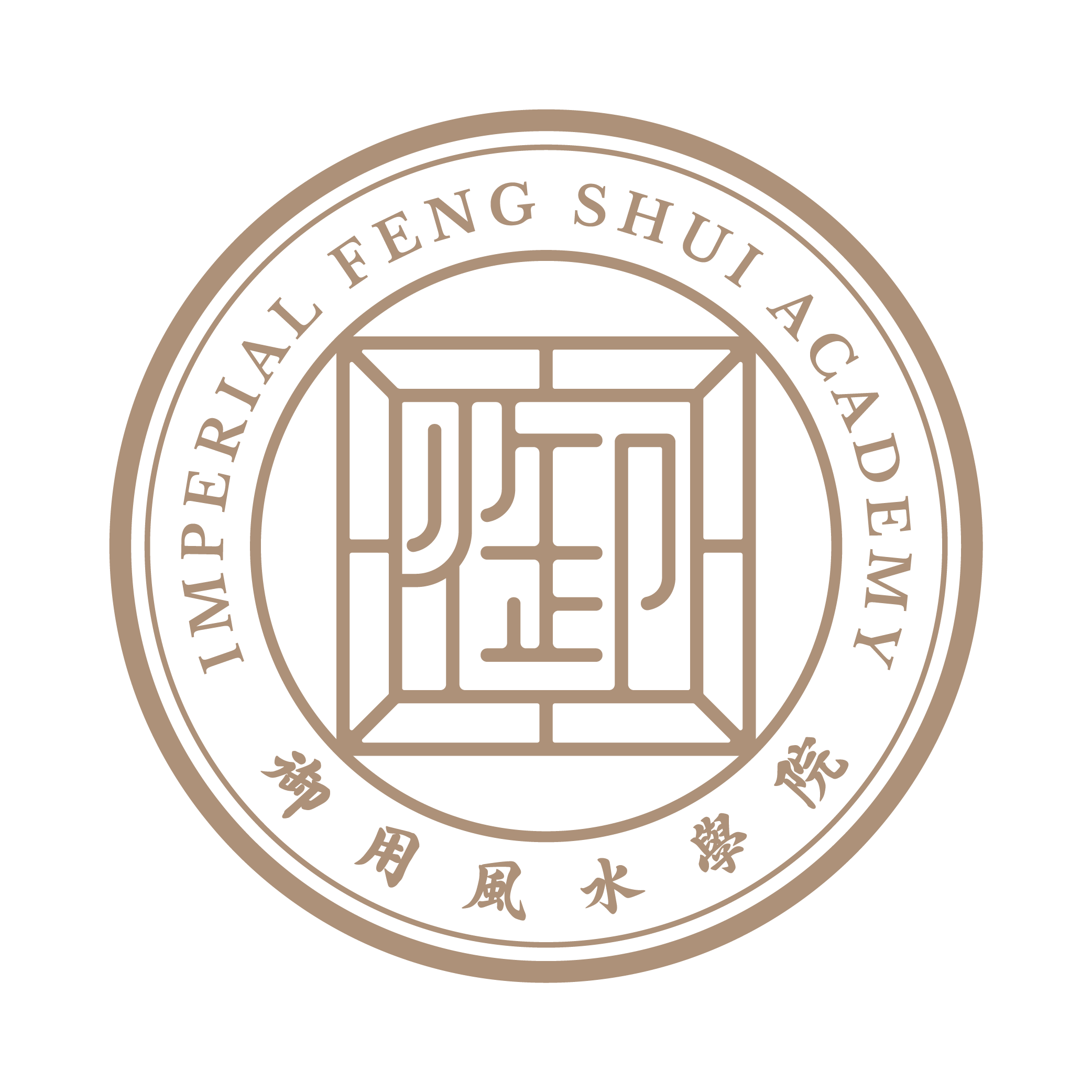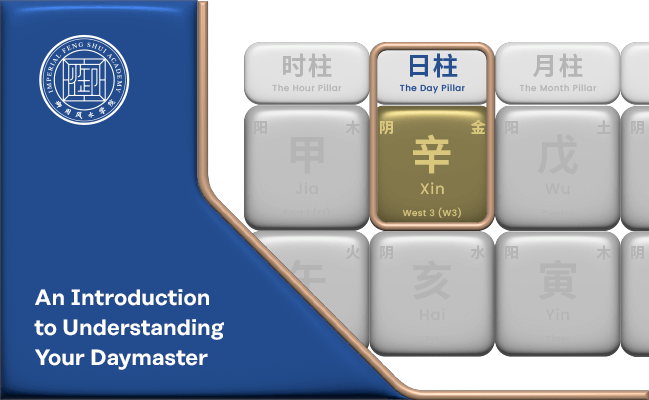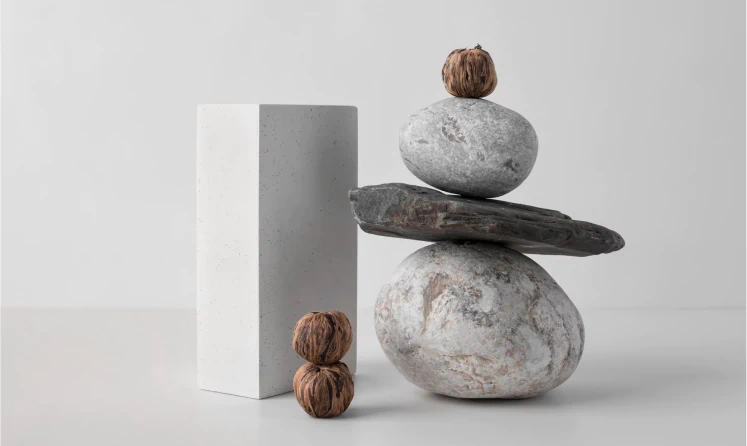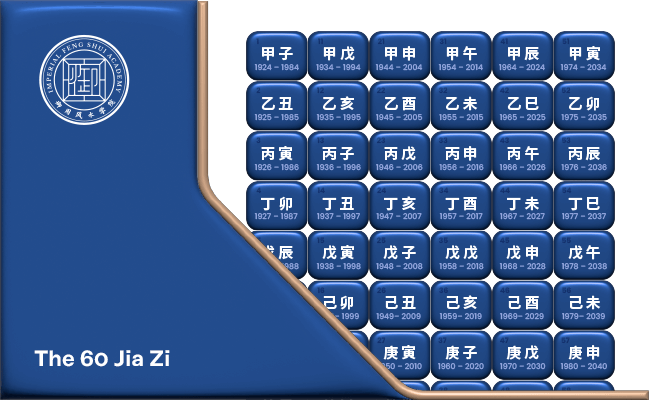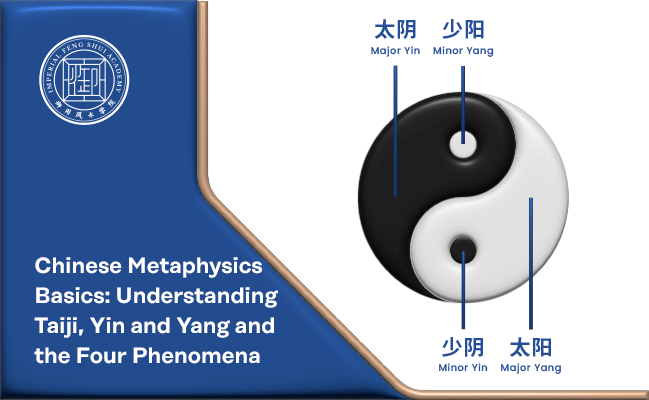In Chinese metaphysics, understanding an individual’s Daymaster (日主) is crucial for analysing their personality, characteristics, traits, and attributes. The Daymaster is determined by the Heavenly Stem on the day of birth according to the Chinese calendar. Known as the Day Pillar, the Daymaster is a vital element in any Bazi (八字) chart, representing a person’s character and personality. The Year, Month, and Hour pillars in the Bazi chart interact with the Daymaster to influence one’s destiny and life path.
Why Your Daymaster is Important
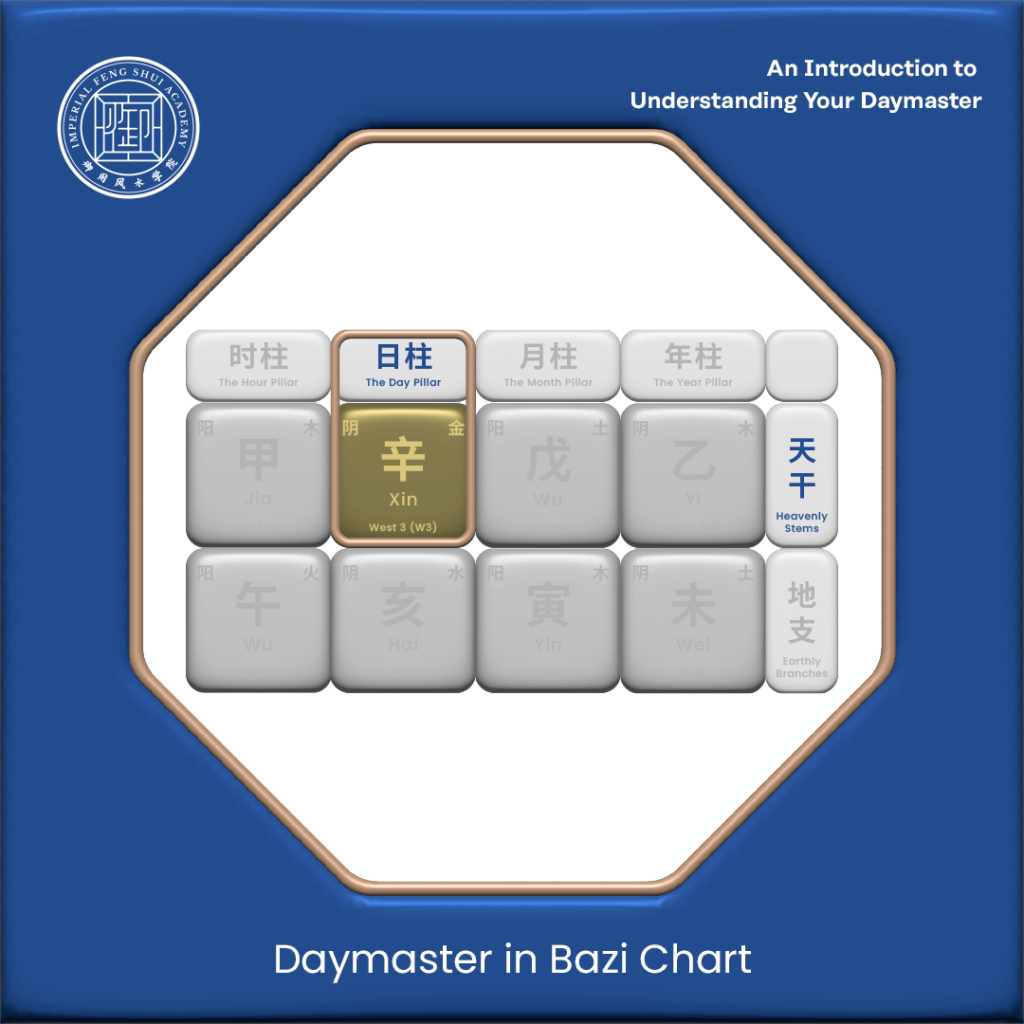
Knowing your Daymaster in Bazi is essential because it reveals your innate potential, strengths, and weaknesses. A deep understanding of your Bazi chart and Daymaster helps you achieve your goals, improve yourself, and attract better opportunities. Here are some benefits of knowing your Daymaster:
- Self-awareness: Gain insights into your inherent qualities, natural tendencies, and behaviours, which help you understand your strengths and weaknesses.
- Interpersonal relationships: Improve your understanding of compatibility with others and dynamics within personal and professional relationships.
- Career choices: Make informed career decisions by aligning them with your areas of expertise and strengths.
- Personal development: Focus on your positive traits while working on areas that need improvement.
What is a Daymaster?
In Chinese metaphysics, the Daymaster refers to the Heavenly Stem representing the day of an individual’s birth. There are ten Daymasters, also known as the Ten Heavenly Stems: Jia Wood (甲木), Yi Wood (乙木), Bing Fire (丙火), Ding Fire (丁火), Wu Earth (戊土), Ji Earth (己土), Geng Metal (庚金), Xin Metal (辛金), Ren Water (壬水), and Gui Water (癸水).
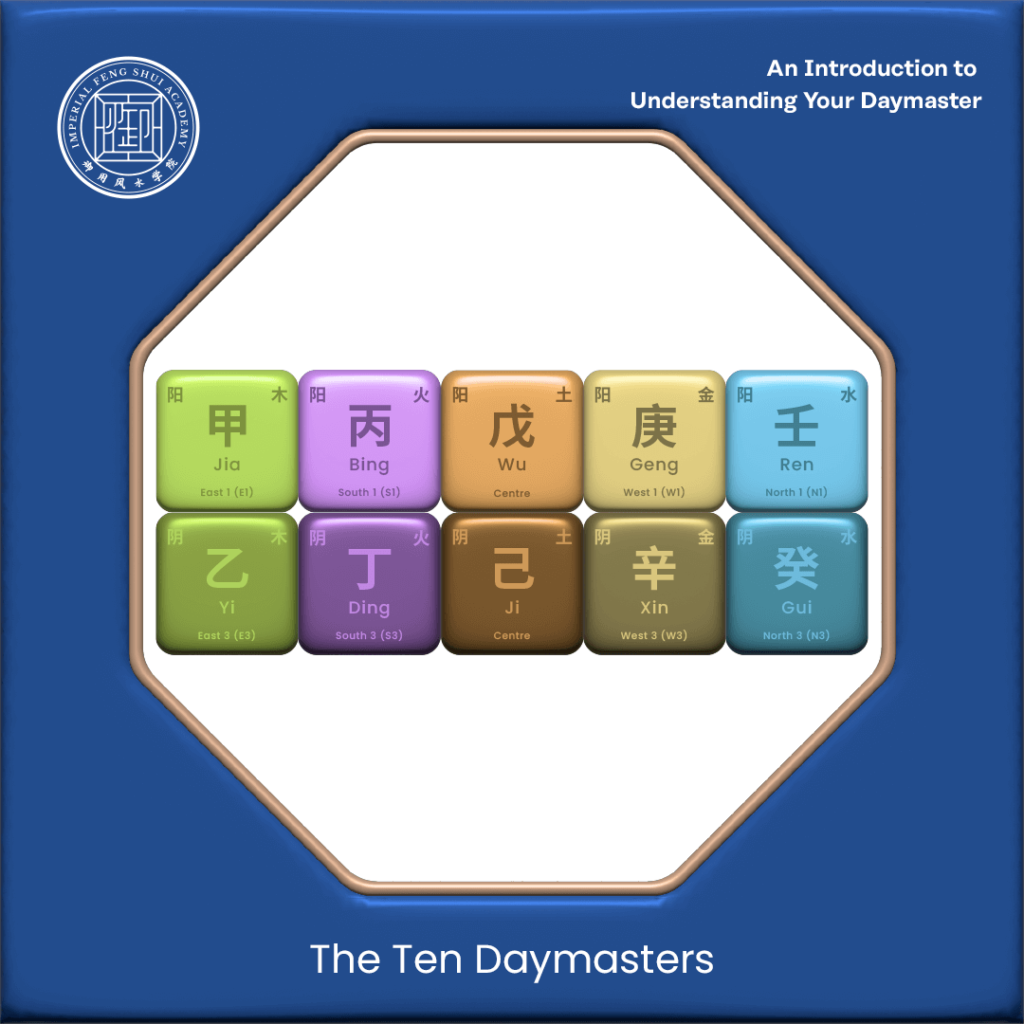
To fully understand Daymasters, it is essential to explore the Five Elements theory. Each Daymaster is influenced by interactions among the Five Elements: Wood (木), Fire (火), Earth (土), Metal (金), and Water (水).
- Jia (甲) and Yi (乙) are associated with Wood.
- Bing (丙) and Ding (丁) are associated with Fire.
- Geng (庚) and Xin (辛) are associated with Metal.
- Wu (戊) and Ji (己) are associated with Earth.
- Ren (壬) and Gui (癸) are associated with Water.
The Five Elements Theory (五行学说), developed during the later Han dynasty (25 to 220 AD), provides a framework for understanding the universe. Ancient Chinese philosophers used this theory to interpret the natural world’s interactions and relationships, from celestial bodies to earthly phenomena. This theory also applies to traditional Chinese medicine, explaining human physiology and various ailments. The Five Elements theory has been foundational in many Chinese historical systems.
Yin and Yang Polarities of Daymasters
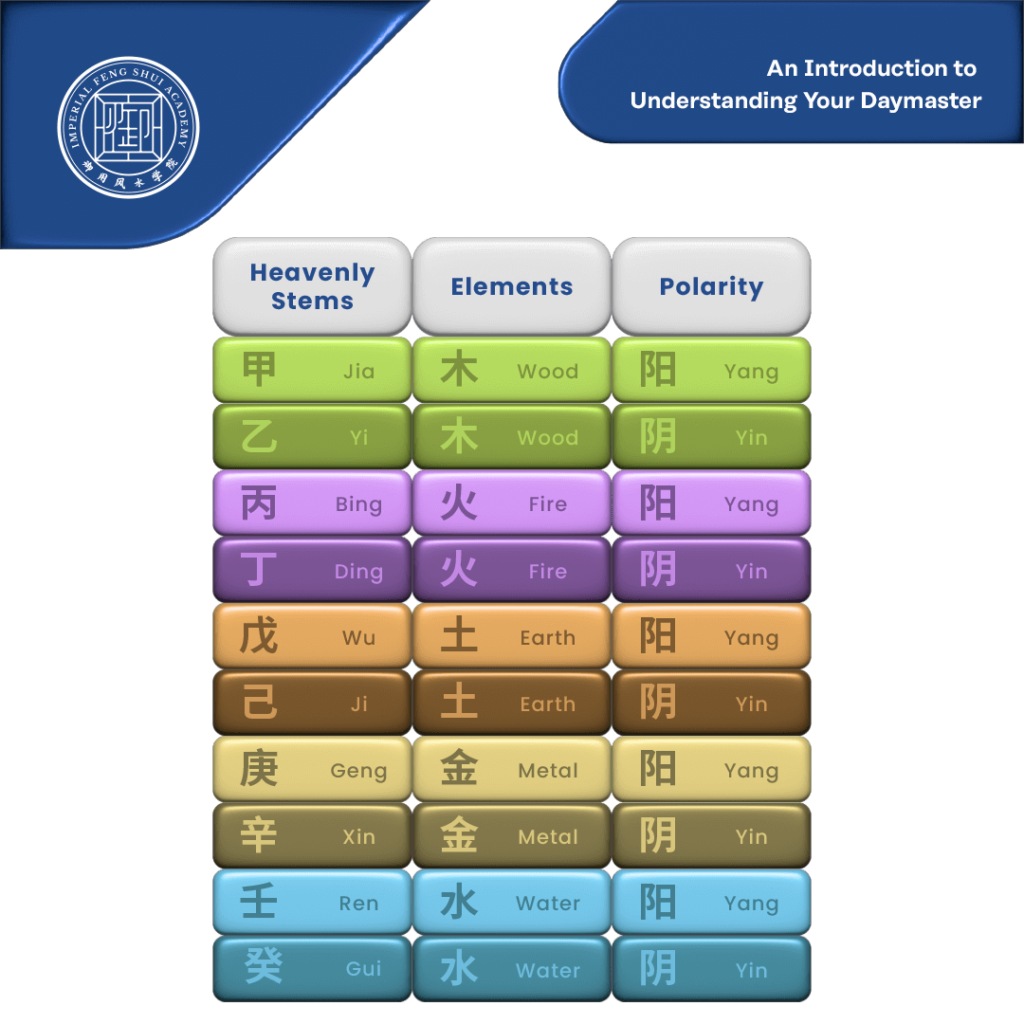
Another important aspect of understanding your Daymaster is recognising the Yin and Yang polarities of each element. Each Daymaster has a Yin or Yang polarity determined by the Heavenly Stem of the day of birth. The interaction between an element and its Yin or Yang polarity adds depth to the interpretation of a Daymaster.
The Daymasters, or Heavenly Stems, are categorised into two groups based on their polarity:
- Odd-Numbered Heavenly Stems (Yang): Associated with masculine energy, assertiveness, and active qualities: 甲 (Jia), 丙 (Bing), 戊 (Wu), 庚 (Geng), and 壬 (Ren)
- Even-Numbered Heavenly Stems (Yin): Associated with feminine energy, receptivity, and passive qualities: 乙 (Yi), 丁 (Ding), 己 (Ji), 辛 (Xin), and 癸 (Gui)
The interplay between Yin and Yang within the Daymaster provides insights into an individual’s character, strengths, weaknesses, and potential life outcomes.
Understanding your Daymaster is a key component of Chinese metaphysics, offering valuable insights into your personality, relationships, career, and personal development. By recognising the influence of the Heavenly Stems, Five Elements, and Yin-Yang polarities, you can better navigate your life path, maximise your potential, and make informed decisions. The Daymaster serves as a vital tool in Bazi analysis, helping individuals align with their true nature and achieve greater harmony in their lives.
